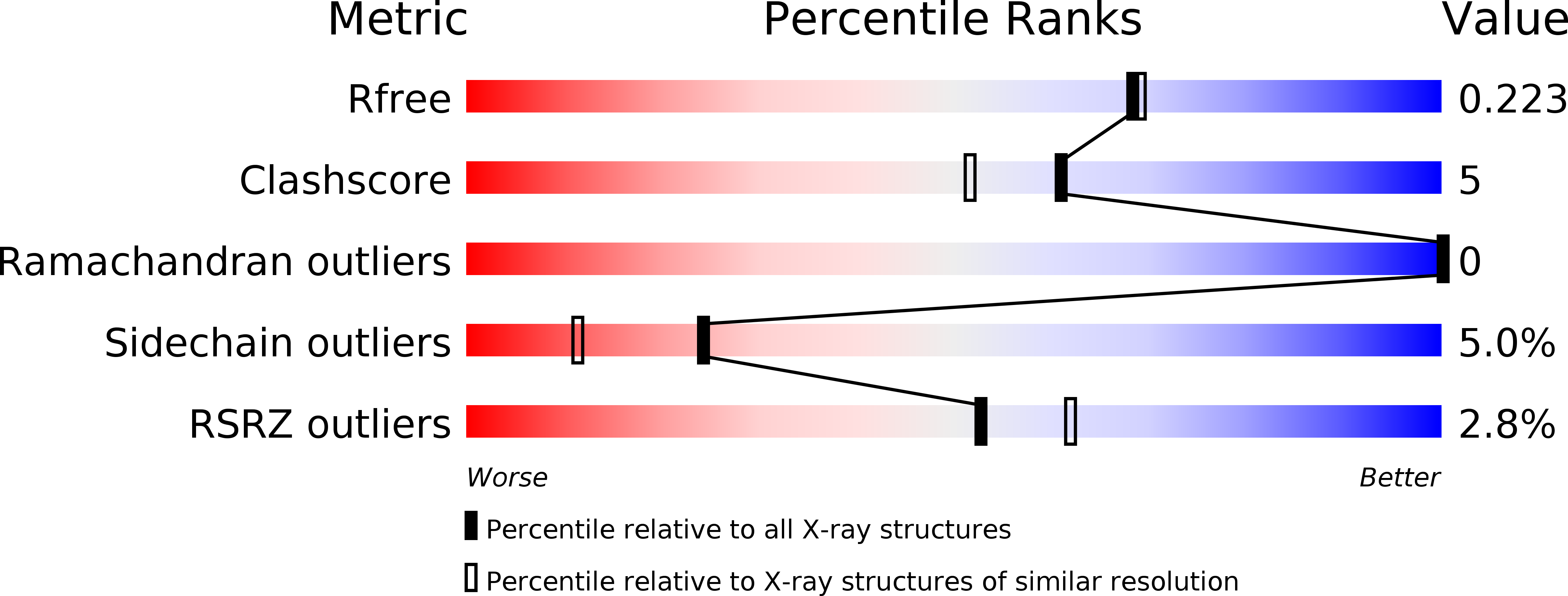
Deposition Date
2012-06-19
Release Date
2013-06-19
Last Version Date
2023-09-13
Entry Detail
PDB ID:
4FNG
Keywords:
Title:
The alpha-esterase-7 carboxylesterase, E3, from the blowfly Lucilia cuprina
Biological Source:
Source Organism:
Lucilia cuprina (Taxon ID: 7375)
Host Organism:
Method Details:
Experimental Method:
Resolution:
1.95 Å
R-Value Free:
0.22
R-Value Work:
0.17
R-Value Observed:
0.17
Space Group:
C 2 2 21


